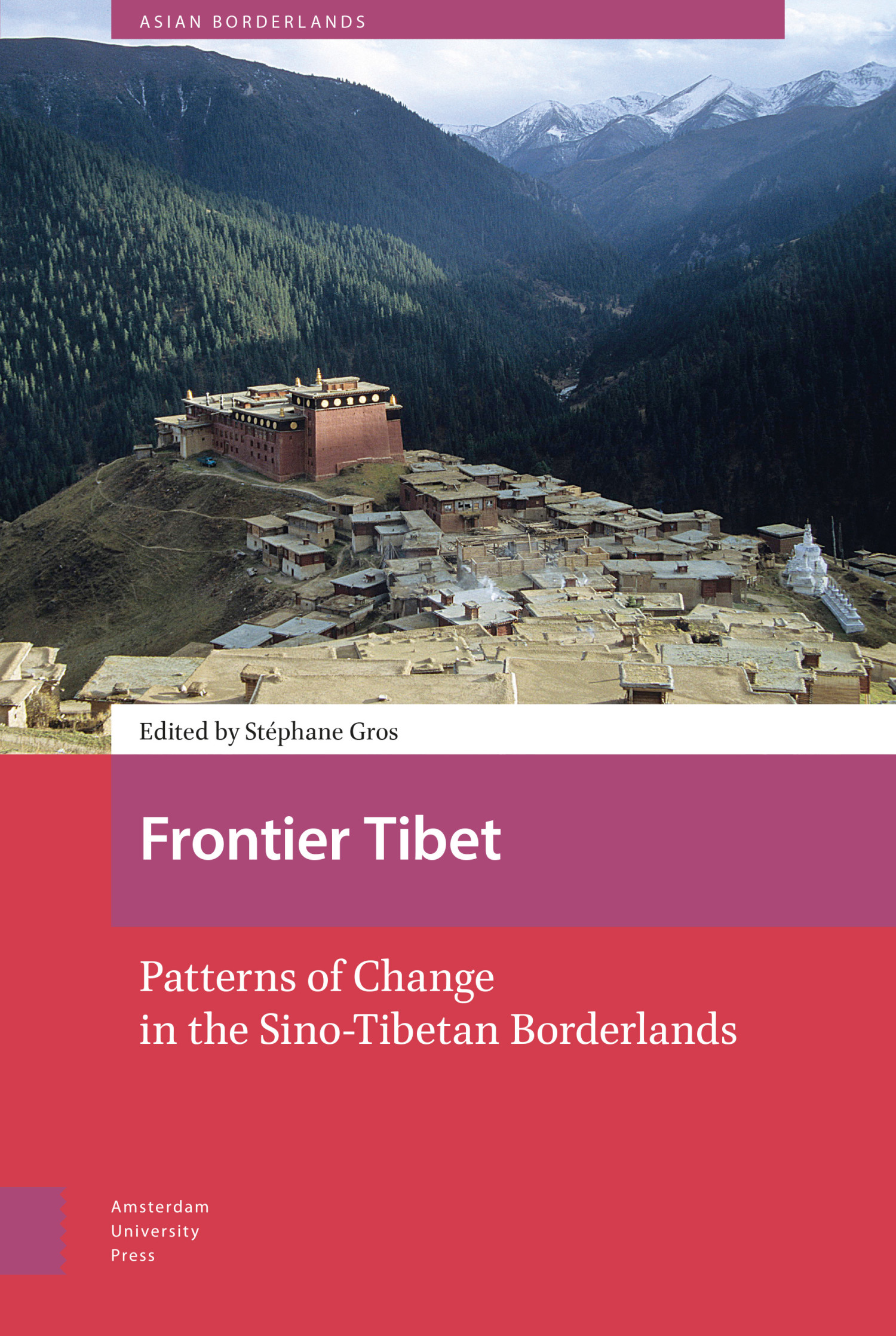
Published in December 2019 by Amsterdam University Press, “Frontier Tibet: Patterns of Change in the Sino-Tibetan Borderlands”, edited by Stéphane Gros, is a new edited volume that explores the intertwined questions of place-making, identity, and socio-political transformations that constitute convoluted historical trajectory of the Kham region and influenced its becoming as a regional formation within the Sino-Tibetan Borderlands.
From the Amsterdam University Press website:
“Frontier Tibet: Patterns of Change in the Sino-Tibetan Borderlands” addresses a historical sequence that sealed the future of the Sino-Tibetan borderlands. It considers how starting in the late nineteenth century imperial formations and emerging nation-states developed competing schemes of integration and debated about where the border between China and Tibet should be. It also ponders the ways in which this border is internalised today, creating within the People’s Republic of China a space that retains some characteristics of a historical frontier. The region of eastern Tibet called Kham, the focus of this volume, is a productive lens through which processes of place-making and frontier dynamics can be analysed. Using historical records and ethnography, the authors challenge purely externalist approaches to convey a sense of Kham’s own centrality and the agency of the actors involved. They contribute to a history from below that is relevant to the history of China and Tibet, and of comparative value for borderland studies.
The book page: https://www.aup.nl/en/book/9789463728713/frontier-tibet
The e-book page: https://www.aup.nl/en/book/9789048544905/frontier-tibet
The Open Access page: https://www.jstor.org/stable/j.ctvt1sgw7
Link to order on Amazon: https://amzn.to/2rbRDci





Follow Us!